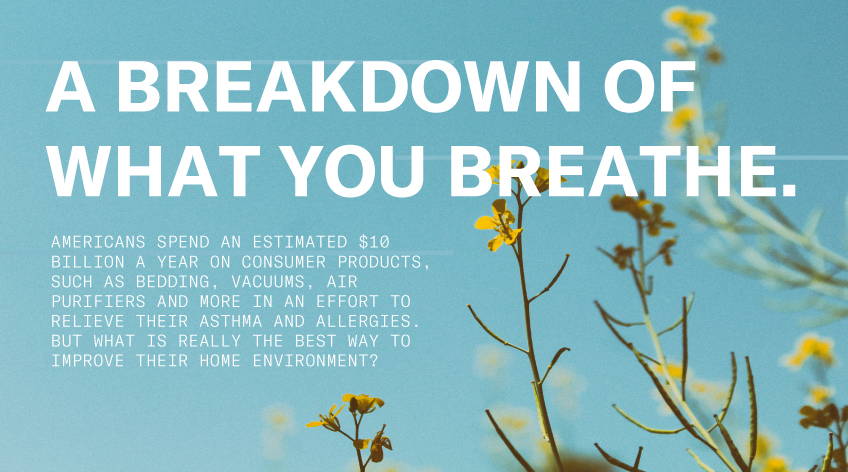Reduce the risk of viruses in your home and give you peace of mind.
Utilize a new technology such as iWave, an air purifying device, that installs in any duct air conditioning system. When air passes over the iWave, ions produced by the device reduce viruses, pathogens, allergens, particles, smoke and odors in the air, creating a healthy environment without producing any harmful byproducts.
When the ions come in contact with viruses, bacteria or mold, they remove the hydrogen molecules – without them, the pathogens have no source of energy and will die. The ions also attach to allergens like pollen and other particles, causing them to band together until they are large enough to be caught by your ventilation system’s air filter.
iWave’s technology generates the same ions that nature creates with lightening, waterfalls, ocean waves, etc. Nature uses energy and shear to break apart molecules, naturally cleaning the air and producing a healthy environment. The only difference between the iWave’s technology and nature is that the iWave does it without developing harmful ozone.
Control the air pollutants already present indoors, such as pet dander and dust mites.
Regular cleaning and dusting – and reducing clutter – will help reduce their impact. Use a HEPA-quality vacuum cleaner on rugs, carpets, furniture and pet bedding regularly.
You can protect against dust mites by placing covers over your mattresses, pillow and box springs, and washing your bedding in hot water at least once a week.
Balance the humidity in your home.
Maintain your home’s humidity level between 40 and 60 percent to keep mold, dust mites and other air pollutants from thriving. You can monitor humidity level through a reliable HVAC thermostat and manage it with a whole-home dehumidifier or portable dehumidifier. Air that’s too dry can compromise our immune systems; air that’s too wet encourages mold and mildew to grow and can cause other issues for the home, such as warping and cracking wood furnishings and flooring.
Turn on your bathroom ventilation fan 10 minutes before your shower and leave it on for 20 minutes afterward. This removes moisture from the air to help prevent mold and mildew growth and keeps your hot shower from throwing off the humidity level in your home.
Make sure your windows and doors are well-sealed and draft-free. This will help with temperature and humidity while keeping pollutants and allergens out.
Run your air conditioner when it’s warm out, and service it regularly.
The air conditioner does more than cool the air inside your home – it also removes moisture from the air.
Because water condenses on an air conditioner’s cooling coils, they can be a potential source of mold. Get your system serviced at the beginning of each season by an HVAC professional.
Change your HVAC system’s filter regularly.
Change the filter more frequently during seasons with more particles in the air, such as spring and fall. Filters trap particles, keep the system clean and extend the life of your system.
When you replace the filter, look for one with a higher Minimum Efficiency Reporting Value (MERV) rating. The higher the MERV rating, the more particles it can capture. It’s important to verify that your unit can handle the additional filtration.
Running your HVAC system’s fan continuously at low speed will better filter the air in your home. A programmable thermostat can make this easy to manage.

